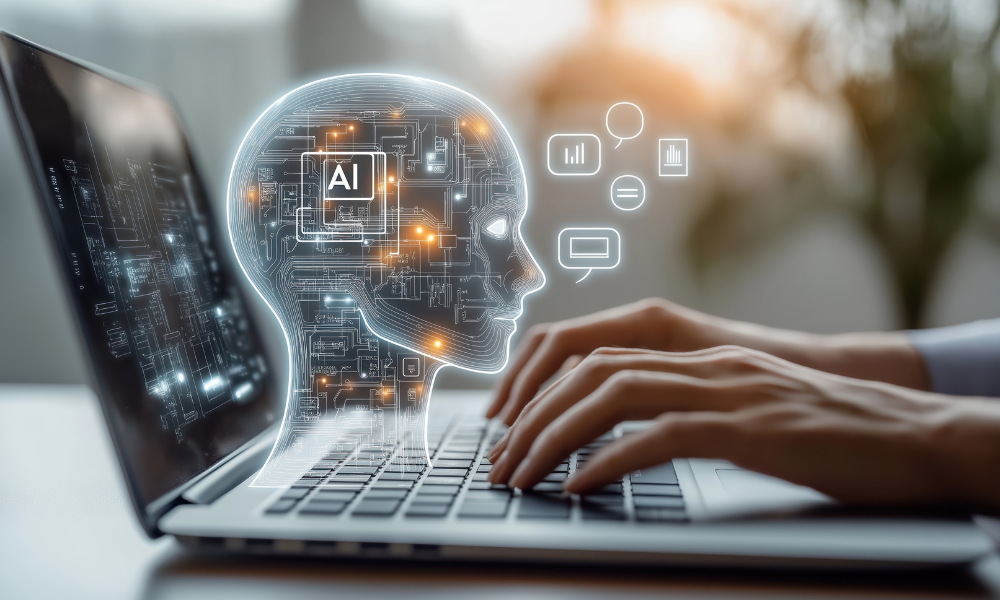
New report finds 'staggering disconnect' in AI use between leaders and employees

Gaps in artificial intelligence use in the workplace might be more hierarchical than generational, according to a new report, which found that people at the top are gaining more from AI than individual contributors (ICs) do.
Findings from BambooHR revealed that while there is a gap in AI use between younger and older workers, a more distinct disconnect is present between leadership and ICs.
It found that 72% of VP or C-suite executives are using AI daily, much higher than the 54% of managers or directors, and just 18% of individual contributors.
It also found that executives are more than twice as likely to create efficiencies using AI than ICs. Among their uses include drafting emails to clients and creating presentations.
"This staggering divide indicates a significant disconnect between those at the top and their employees, where those in managerial positions are in a better position to recognise the value of AI in optimising operations and decision-making processes but may be failing to communicate that value to their employees," the BambooHR report read.
Beyond daily use, the gap also exists when it comes to training.
According to the report, 72% of employees want to improve their AI skills, but only 32% said they had received formal AI training from their employer.
Half of managers and more senior titles also received training on AI, compared to just 23% of ICs, the report added.
The growing gap in AI adoption between leaders and ICs might stem from perceptions that using AI tools is cheating.
BambooHR's report revealed that 23% of ICs are evasive about when they've used AI, much higher than the six per cent of executives.
"Leaders need to develop clear and comprehensive AI policies that not only outline what's acceptable but also address the elephant in the room — the fear that using AI is somehow 'cheating,'" said Alan Whitaker, Head of AI at BambooHR, in a statement.
"When we communicate these policies clearly and transparently to all employees, we can help alleviate concerns, promote a culture of openness, and empower our teams to harness the full potential of AI."
The report also noted that ICs don't need to worry about being judged for using AI, especially with 77% of companies allowing its use at work.
It added that only 30% of people can accurately detect AI-written content, with 70% unable to correctly determine whether content is written by a human or AI.
Brian Crofts, Chief Product Officer at BambooHR, said organisations can also address misconceptions about AI being "cheating" by emphasising its potential to enhance productivity.
"To dispel the myths and fears surrounding AI, businesses must foster a culture of experimentation and invest in some AI training," Crofts said in a statement.
"Encouraging employees at all levels to explore AI tools and share their insights, coupled with tailored training programmes, will not only drive new efficiencies and better outcomes, but also help spark new innovative thinking. Let's redefine AI as a partner in progress, not a threat."